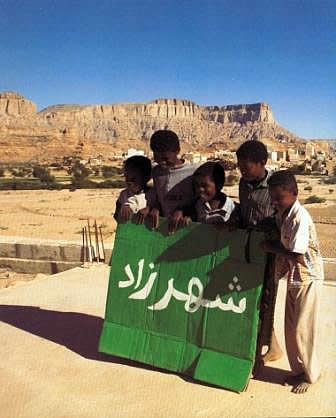Wifredo Lam Contemporary Art Center ,
Jun 10, 2011 - Jul 22, 2011
La Habana Vieja, Cuba
Memory of the Other
by Magaly Espinosa
The texts drafted for the exhibition by the curatorship and by the art theorist Andreas Huyssen, along with the comments by different specialists on each artist’s presentation, cover the esthetic, social and cultural qualities that come into play when works of art serve as repositories of memory. The idea, as noted, was to bring together not just any conglomerate of creators, but those that approach the topic from dissimilar directions, both in the personal and the socio-cultural sense; through the use of documents or testimonies, or the stimulation of imaginaries that unveil the past by valuing it in the present, particularly as regards testimony and process. Such means of creation take an experimental approach that goes beyond the traditional framework of the documentary to delve into collective or local narratives, as dialogical experiences that act as a source for video creation or video documentation, and establish an intense role play between different creative methods and the means chosen to explore to the topic at hand.
Hannah Collins, for example, is one of the artists who have exhibited her work in the three exhibition spaces. In Beshencevo: A current history (2006), she offers an approach to memory based on its relationship to time and space. The piece consists of two opposing screens showing images of urban life in the city of Niznij Novgorod and the outlying village of Beshencevo, which as the author states "is a small, relatively inaccessible place not much given to change" (1). The city is shown in its daily urban dynamic, whereas the village provides a glimpse of the daily lives of its dwellers. This comparison, in which objectivity prevails, takes place between public and private spaces, showing them just as they are. The narration is crude, a document that extends beyond the documentary, centering on real time and exploring its possible links. The piece creates, between the two dimensions, "… a kind of common space. I see it as a memory space, a space in which many different times are compressed" (2) "… many imaginary times. You know they’re there, but you don’t see them". (3)
Another perspective is offered in The Secret Traces, a video creation by the Neapolitan artist Francesco Jodice, based on a camera following given characters traveling along a fixed route in different cities. It is a silent, insipid tour that joins them together as if they were walking in a single city, creating a tale without faces or events, a synthesis of the real journey that leaves to the imagination one’s desire to find out their destinations and their stories, when what we actually see is nothing but their routine movements. The synthesis that characterizes the work is one of the formal components that make it attractive. There is no direct reference to memory, but nevertheless few moments are repeated so much in our lives and so indicative of urban life as movement and mass transit; an instant in which the personal disappears and lets the city build its own memory.
Pursuing another direction, the Malaga artist Rogelio López Cuenca highlights the way memory works without resorting to events in urban life, but instead gathering evidence of the social management of cultural memory. His piece El paraíso es de los extraños (Paradise is for strangers) focuses attention on the ways the Islamic East has been perceived by the West. He reshapes that vision by playing with the traditional ways of presenting it.The piece consists of a pair of computers, two copies of a collection of press articles, publicity graphics, magazine covers, press cuttings, and the screening of the video Voyage en Oriente. Placing all this material before the viewer, López Cuenca makes a metaphor of the way we historically view the East: "… the main origin of the current disaffection between cultures lies in the global dimension of the class and gender inequalities in today’s world" (4). By focusing on our commonplace knowledge, putting it all together and taking it out of its original context, he makes us view it from a different perspective. The artist has created an ingenious space of interactions to make us grasp one of the most acute dilemmas in contemporary society: our ability to understand and live in the multicultural, to discover it beyond the way it is represented by reaching into that very representation.
|





